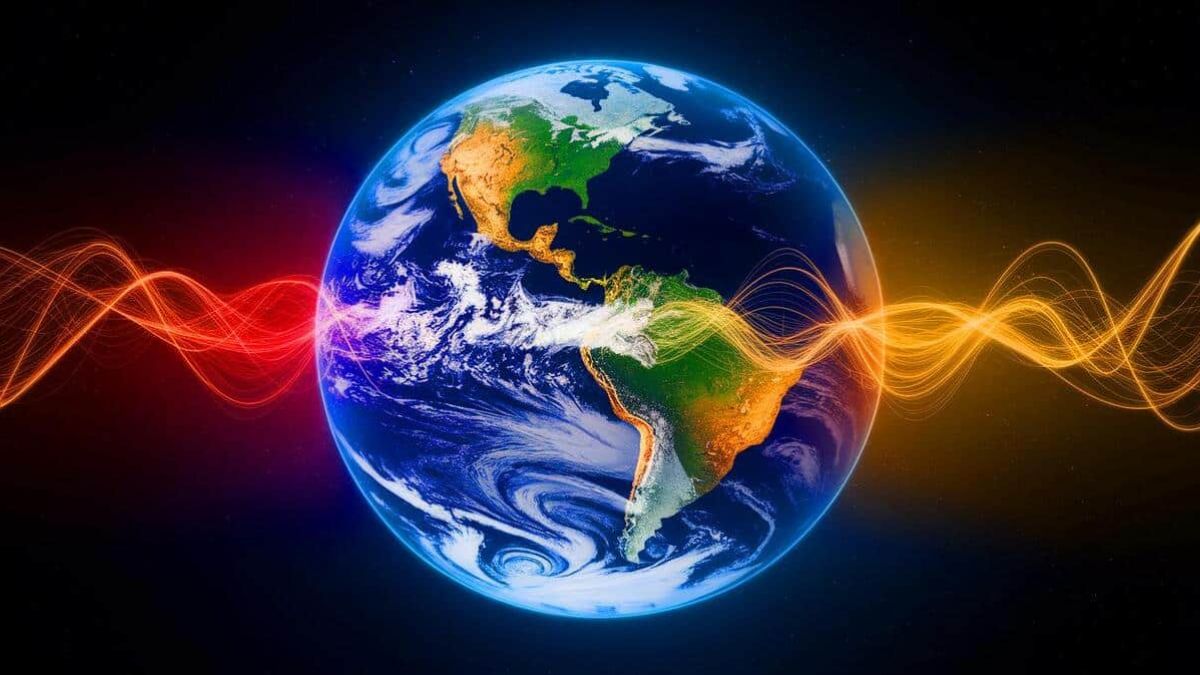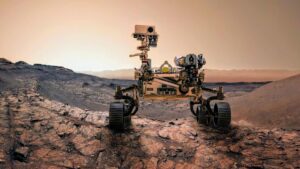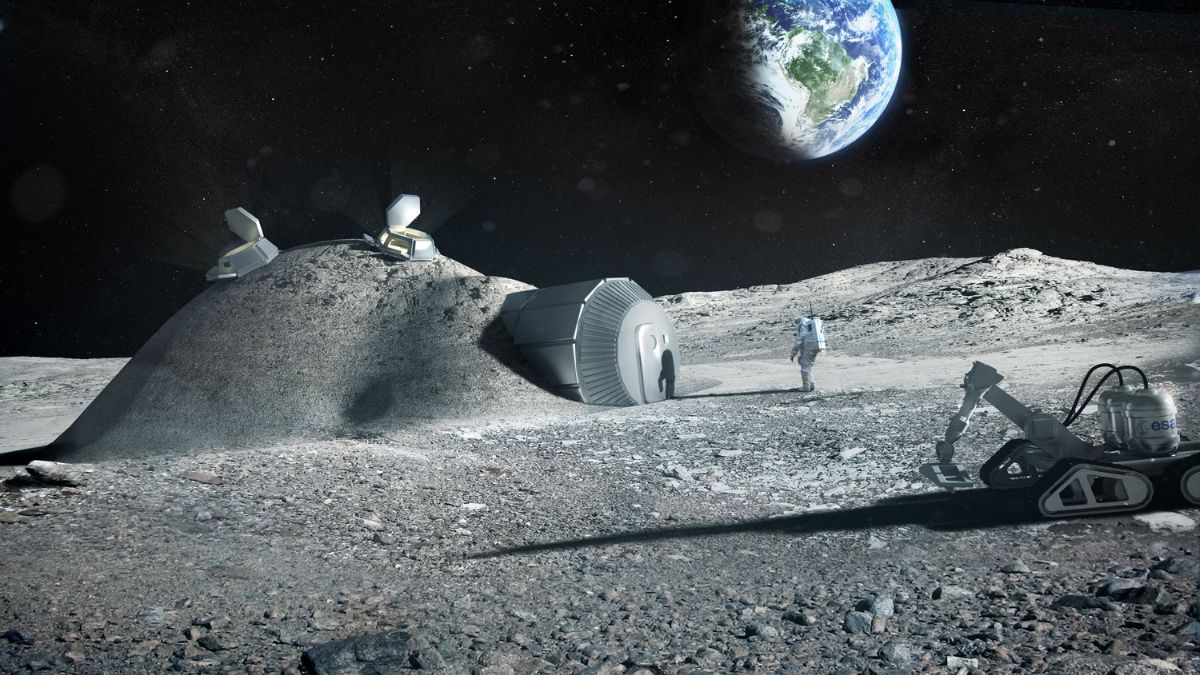NASA’s eyes are on Earth again—but this time, they’re focused on something unusual. Deep within our planet’s magnetic field, a strange and growing anomaly has appeared. It’s not a sci-fi plot or a disaster headline, but it is real, and it’s called the South Atlantic Anomaly (SAA). Found between South America and the southwest coast of Africa, this magnetic oddity doesn’t pose a threat to people on the ground. But it’s a whole different story for satellites, spacecraft, and even the International Space Station.
Anomaly
So, what exactly is an anomaly in this case? Picture Earth’s magnetic field as an invisible shield. It normally protects us from high-energy solar radiation. But in this particular spot—the South Atlantic Anomaly—that shield is weaker. Think of it like a pothole in the protective road that surrounds Earth. And through that pothole, highly charged solar particles can sneak in.
This weak spot in the magnetic field allows more radiation to reach the satellites and tech flying overhead. That’s bad news for electronics, as it increases the risk of malfunctions, system resets, or even permanent hardware damage.
Impact
Why does this matter so much? Because we live in a tech-heavy world. Satellites run everything from GPS and weather forecasts to international communications and military operations. So when they fly through this weakened zone, they’re exposed. That’s why NASA and other space agencies often shut down sensitive instruments temporarily when crossing the SAA—to avoid frying the circuits.
Even astronauts aboard the International Space Station are affected. The ISS orbits low enough to dip into this anomaly at times, so protective measures are taken to reduce risk.
Cause
Let’s go deep—literally. Earth’s magnetic field comes from the movement of molten iron in its outer core. But this motion isn’t perfectly smooth. Beneath Africa lies a dense rock formation called the African Large Low Shear Velocity Province. According to NASA scientists, this massive underground structure interferes with the flow of molten iron, throwing off the balance of the magnetic field in the South Atlantic region.
That’s what creates the anomaly—a kind of magnetic “dimple” in the field that allows solar radiation to dip closer to Earth than usual.
Changes
Here’s where it gets even more interesting. The SAA is not static. It’s growing—and it might be splitting. New data from satellites like CubeSats shows the anomaly is developing into two separate low-intensity zones. That means it’s dynamic and still evolving.
Should we be panicking about a magnetic pole reversal? Not quite. While such events do happen in Earth’s long history, researchers say this anomaly has appeared multiple times in the past without triggering a full magnetic flip. So, for now, no doomsday scenario is on the table.
Research
NASA’s obsession with the anomaly isn’t just about preventing tech failures. It’s also a massive scientific opportunity. Studying how this magnetic irregularity behaves helps researchers improve models that predict changes in Earth’s magnetic field. That’s crucial not only for protecting satellites, but also for understanding climate, radiation, and space weather.
And in 2024, scientists found that the SAA also has a link to auroras—the beautiful lights we see near the poles. Turns out, this anomaly affects the paths of charged particles, shifting how and where auroras form. So, it’s influencing more than just satellites—it’s tweaking the skies, too.
Threat
Should you be worried? Not really. This anomaly may sound alarming, but it’s not harmful to people on the surface. Our atmosphere still does a great job protecting us. The real concern lies with the tools and tech we rely on in orbit.
That said, scientists are keeping a close watch. Because the better we know what’s going on 2,900 kilometers beneath our feet, the better we can prepare for whatever the magnetic field throws at us next.
FAQs
Where is the South Atlantic Anomaly?
Between South America and the southwest coast of Africa.
Why is the anomaly dangerous for satellites?
It allows solar radiation to reach and damage satellite electronics.
Is Earth’s surface affected by the anomaly?
No, life on the surface is not at risk from this anomaly.
What causes the magnetic anomaly?
A dense rock mass under Africa disrupts magnetic field generation.
Could this lead to a pole reversal?
Unlikely for now—it’s not strong enough to trigger one.






















